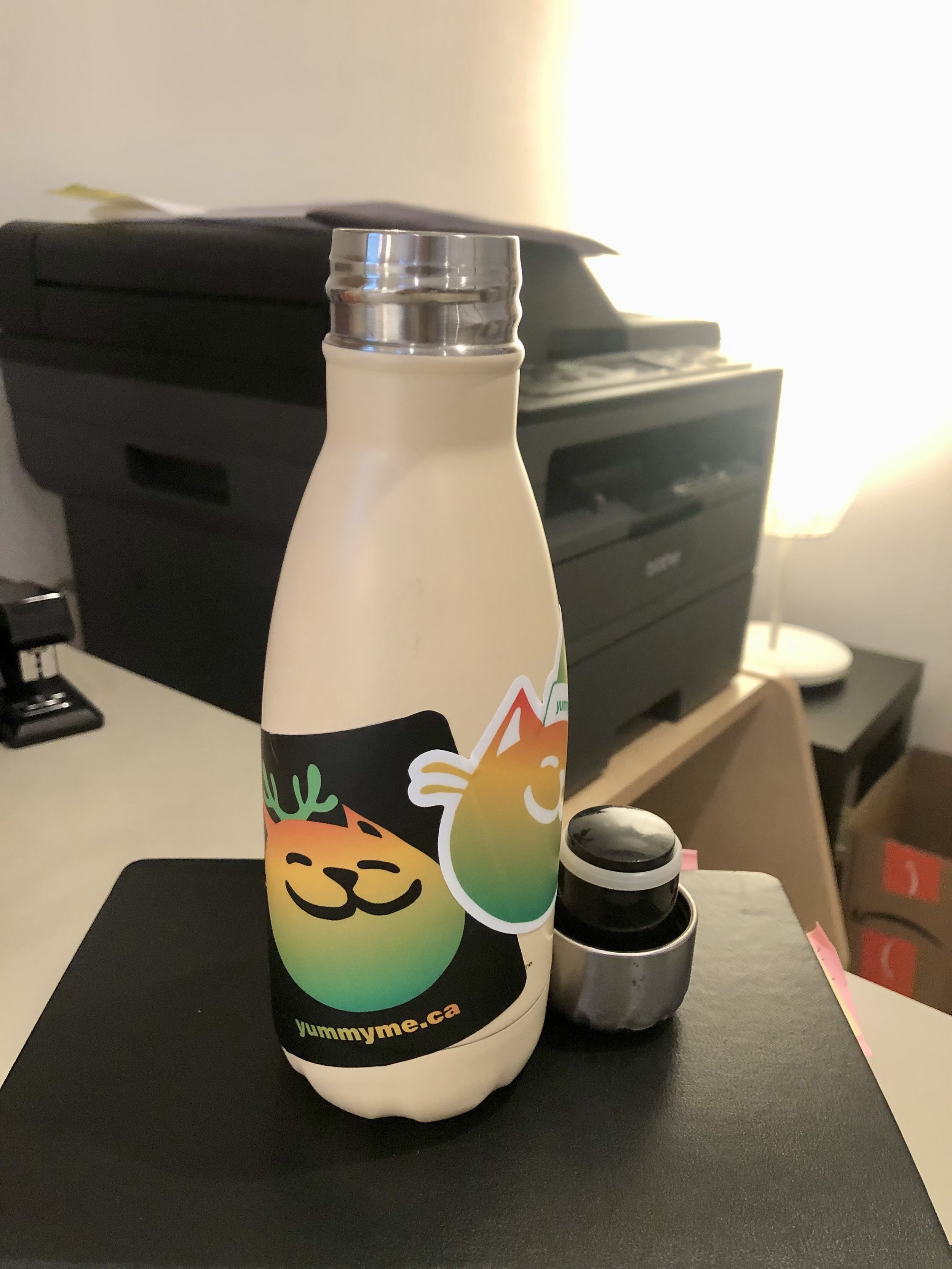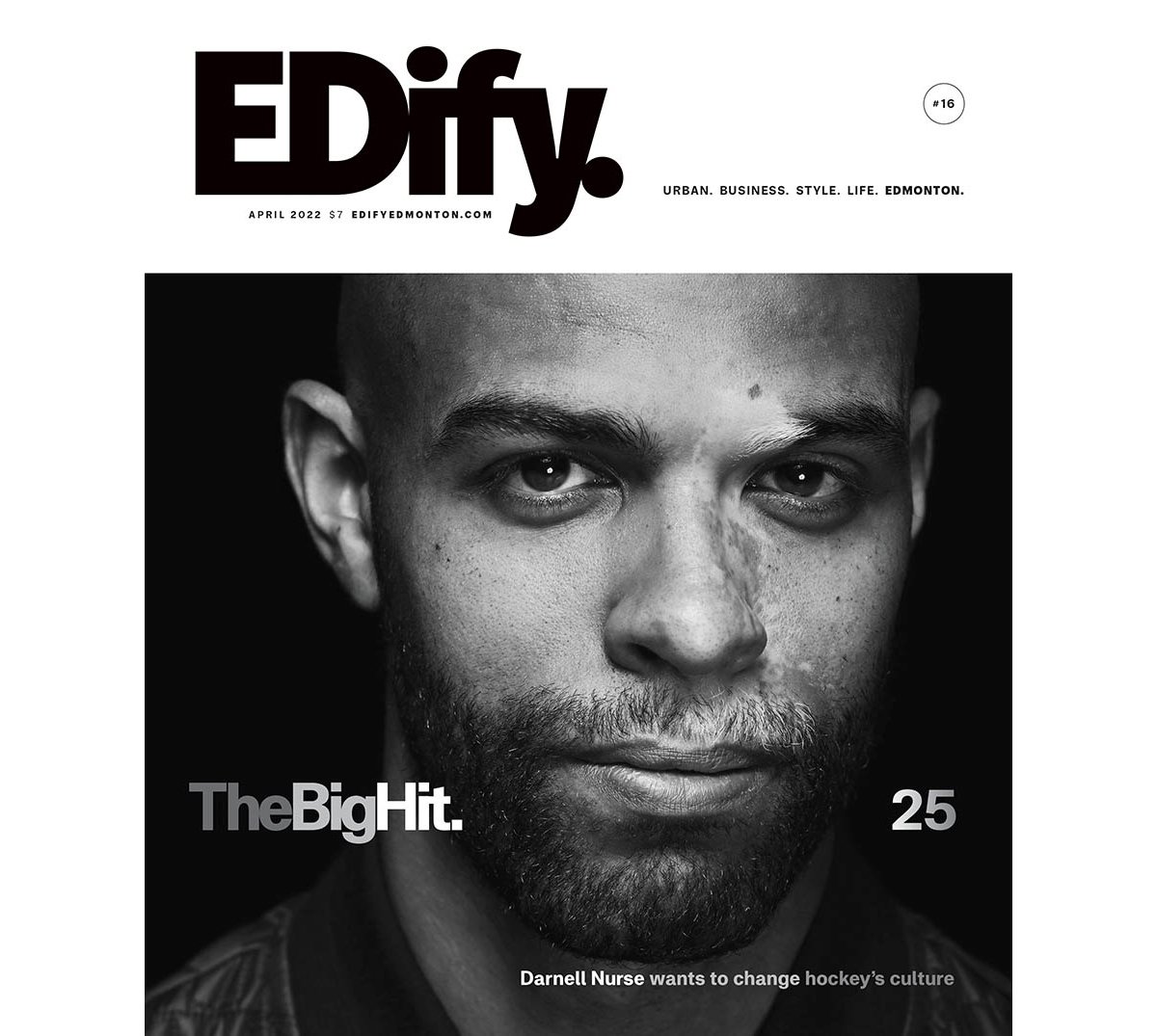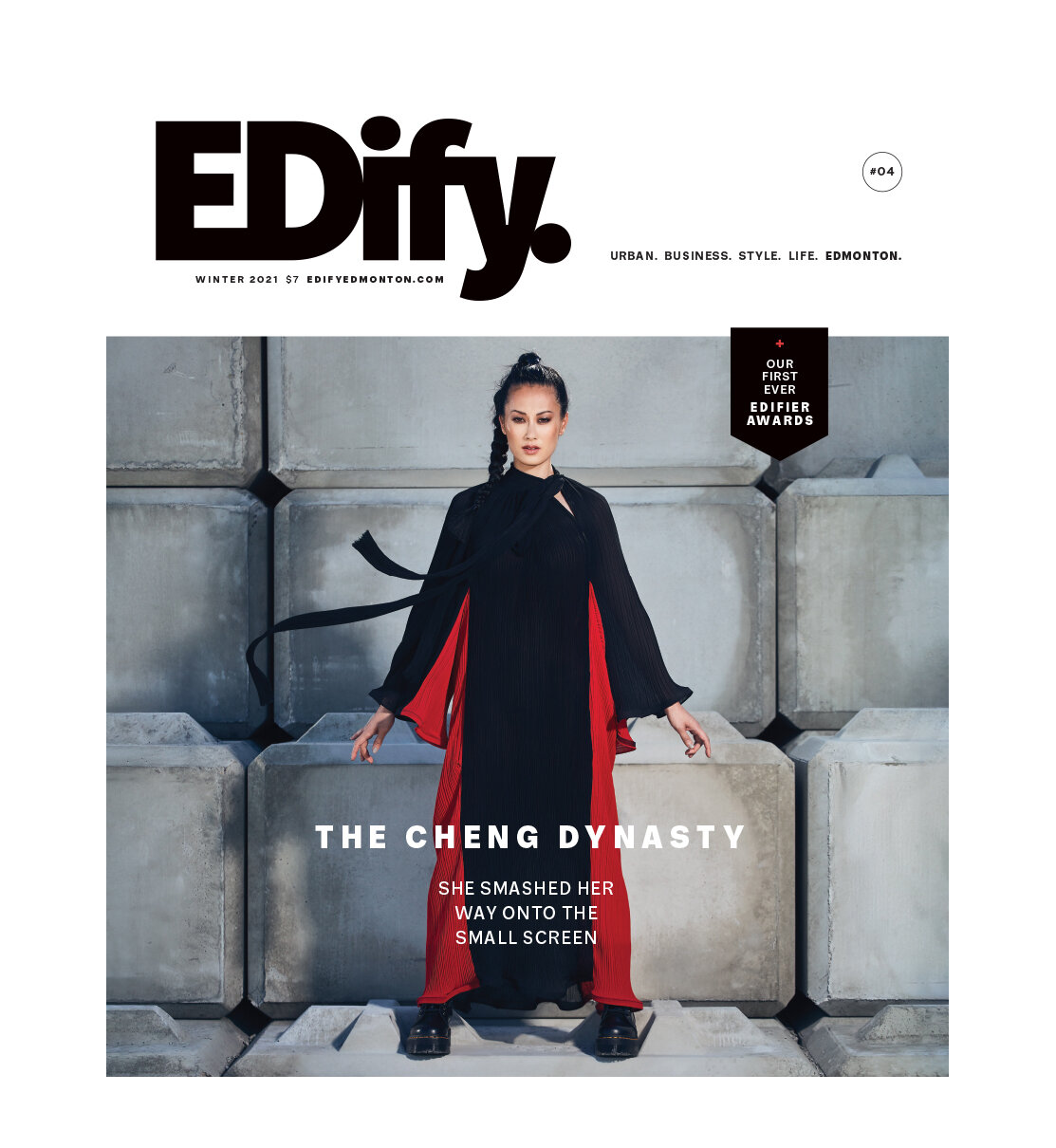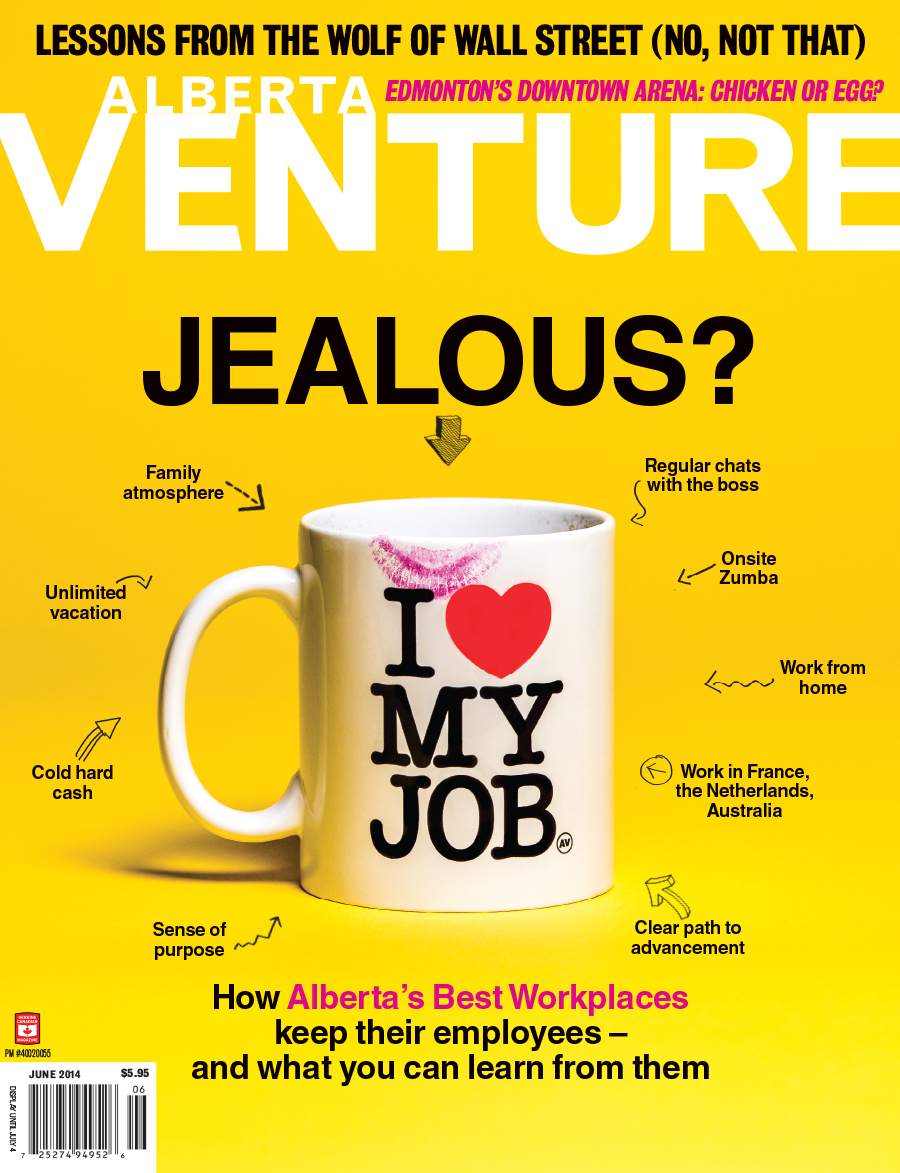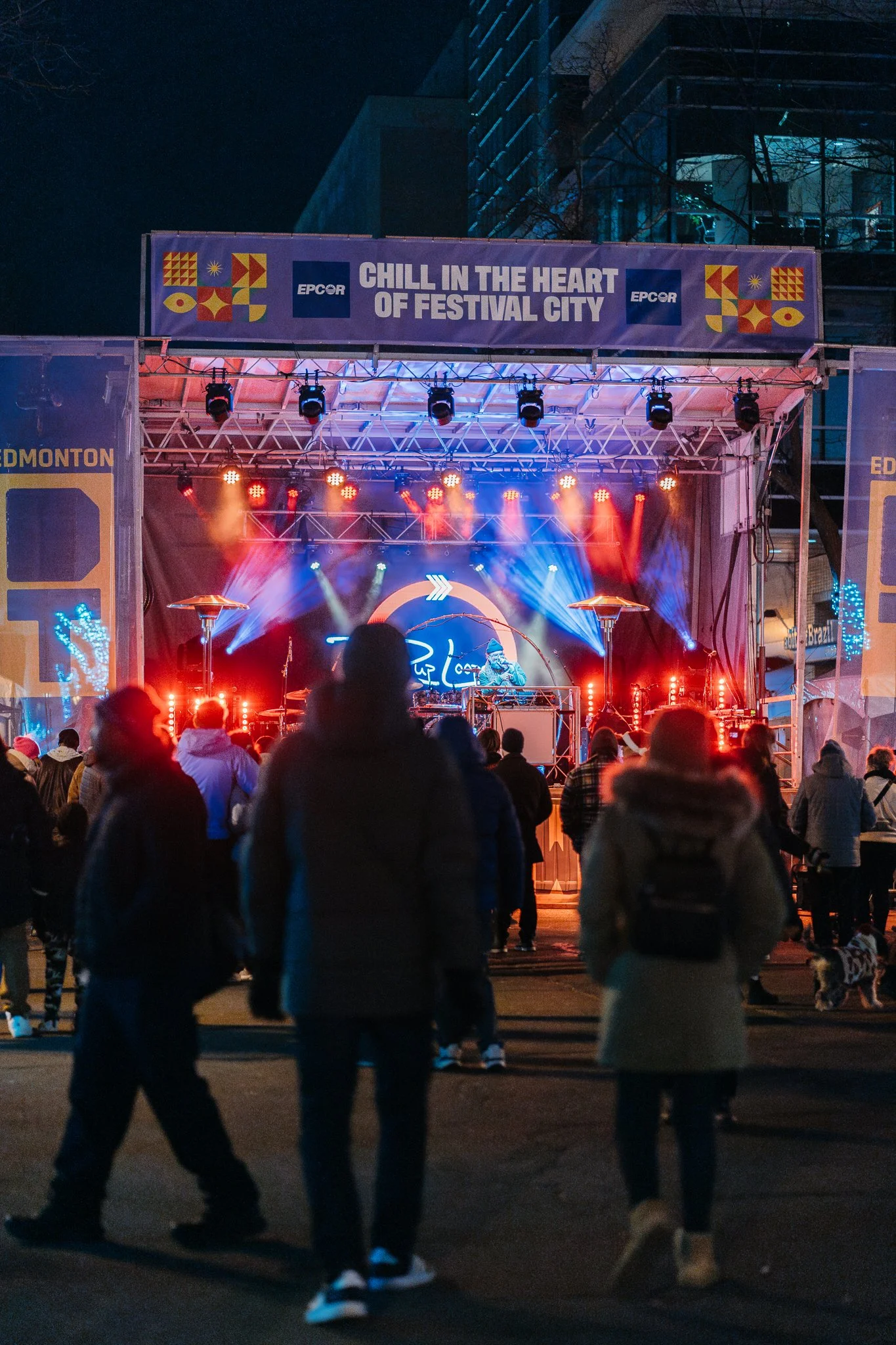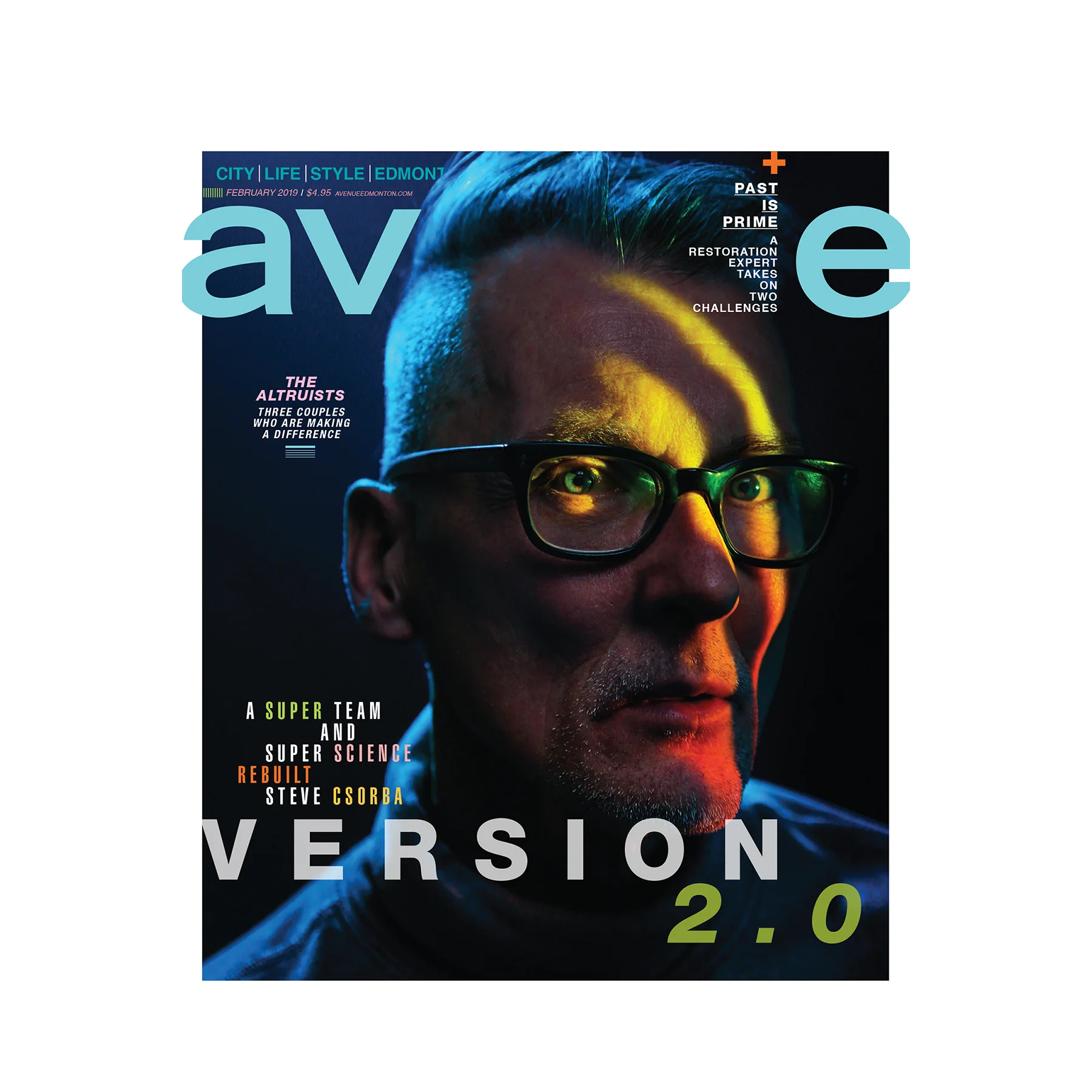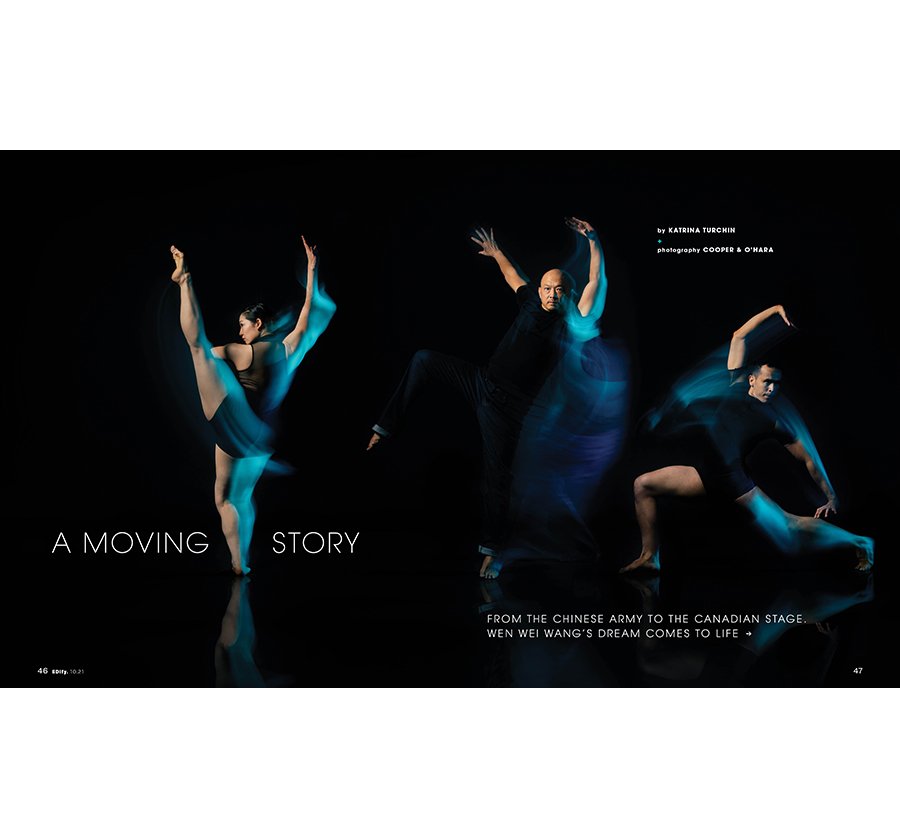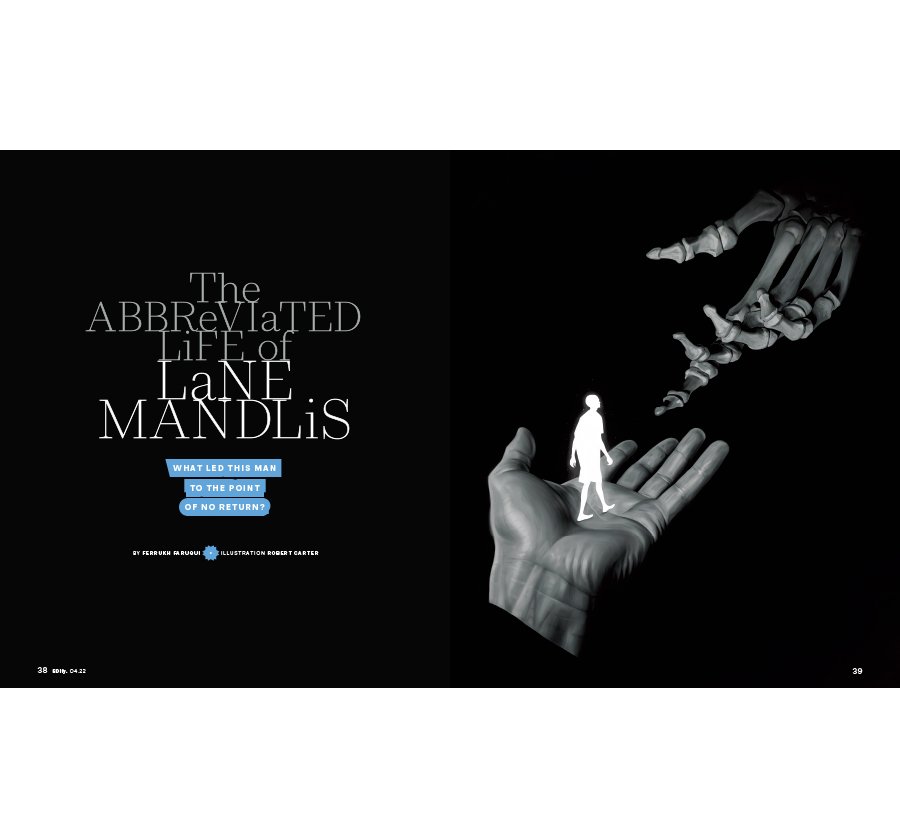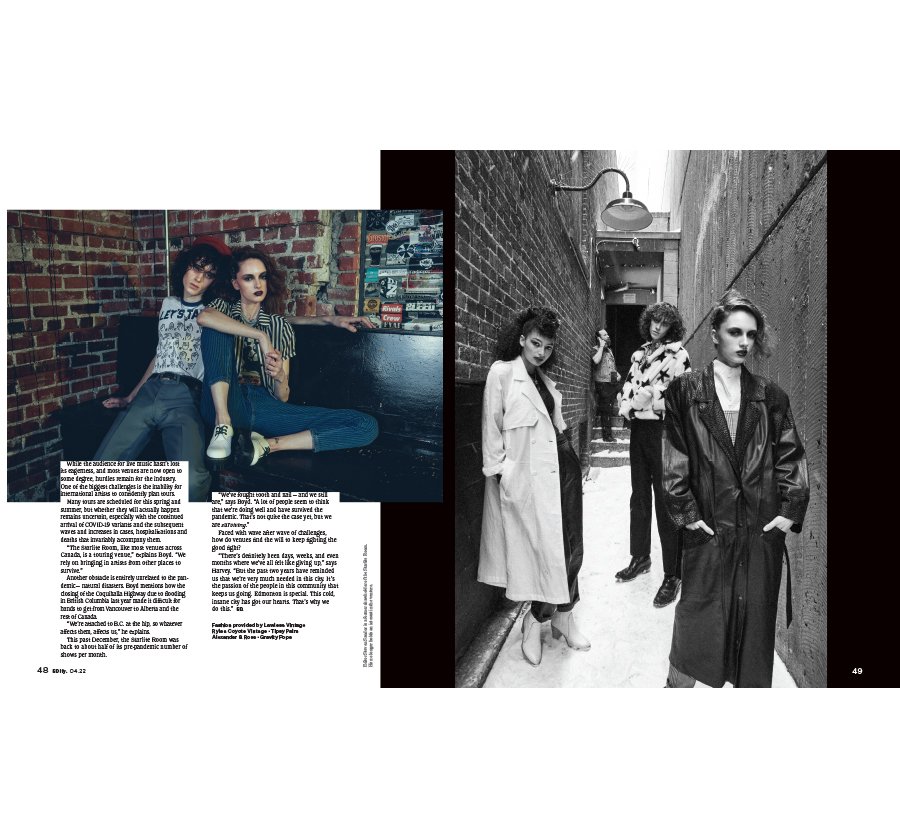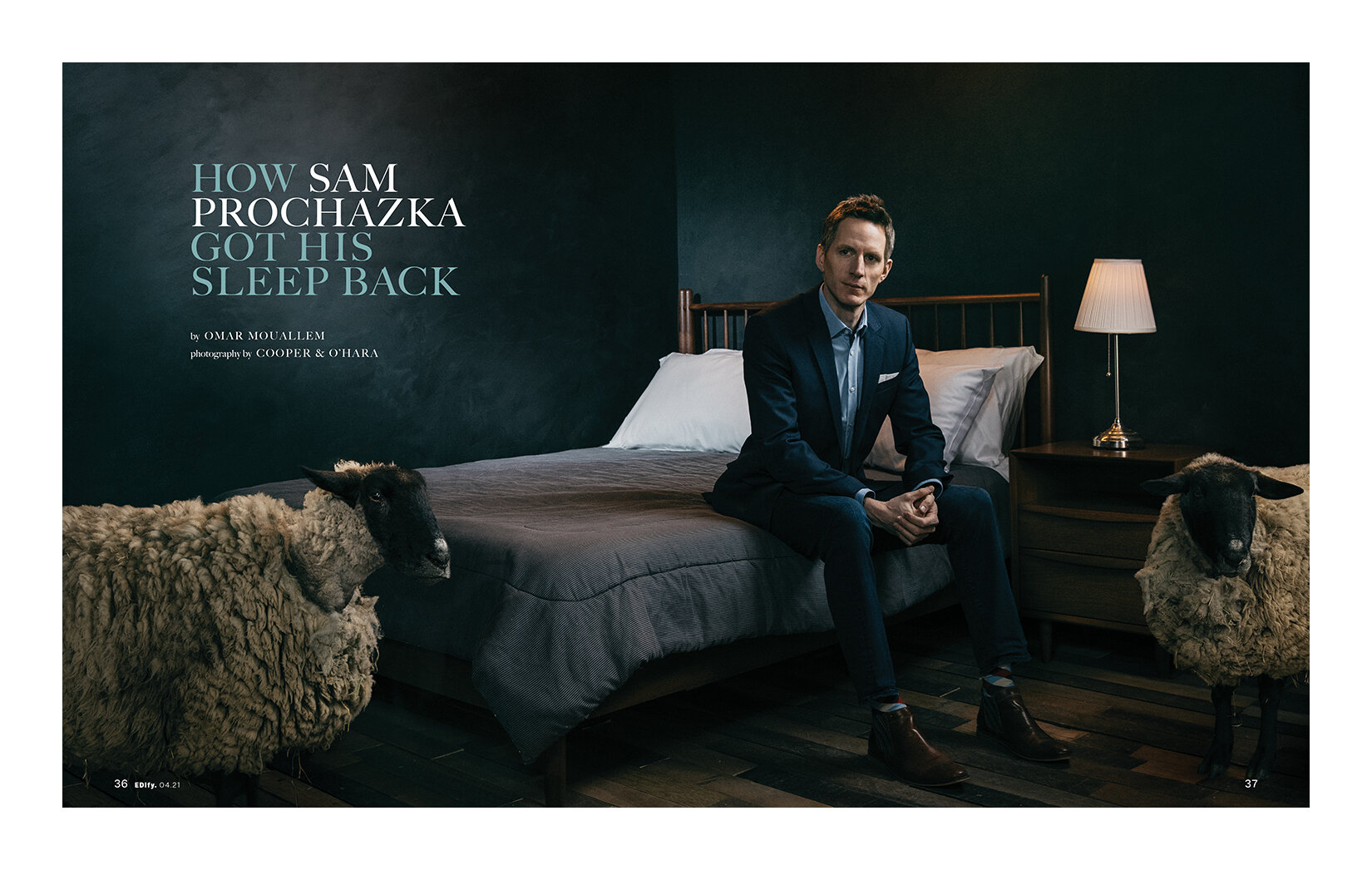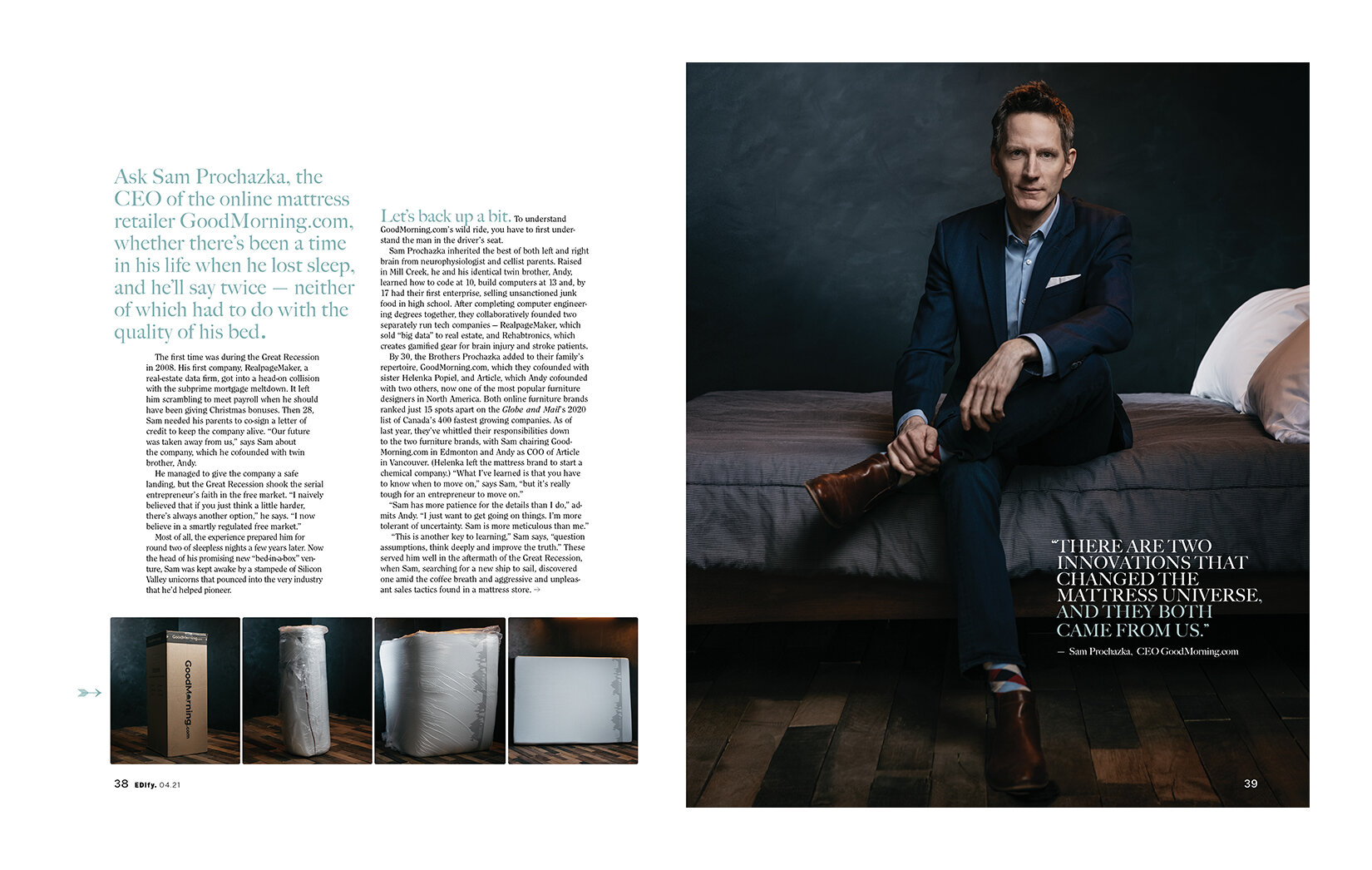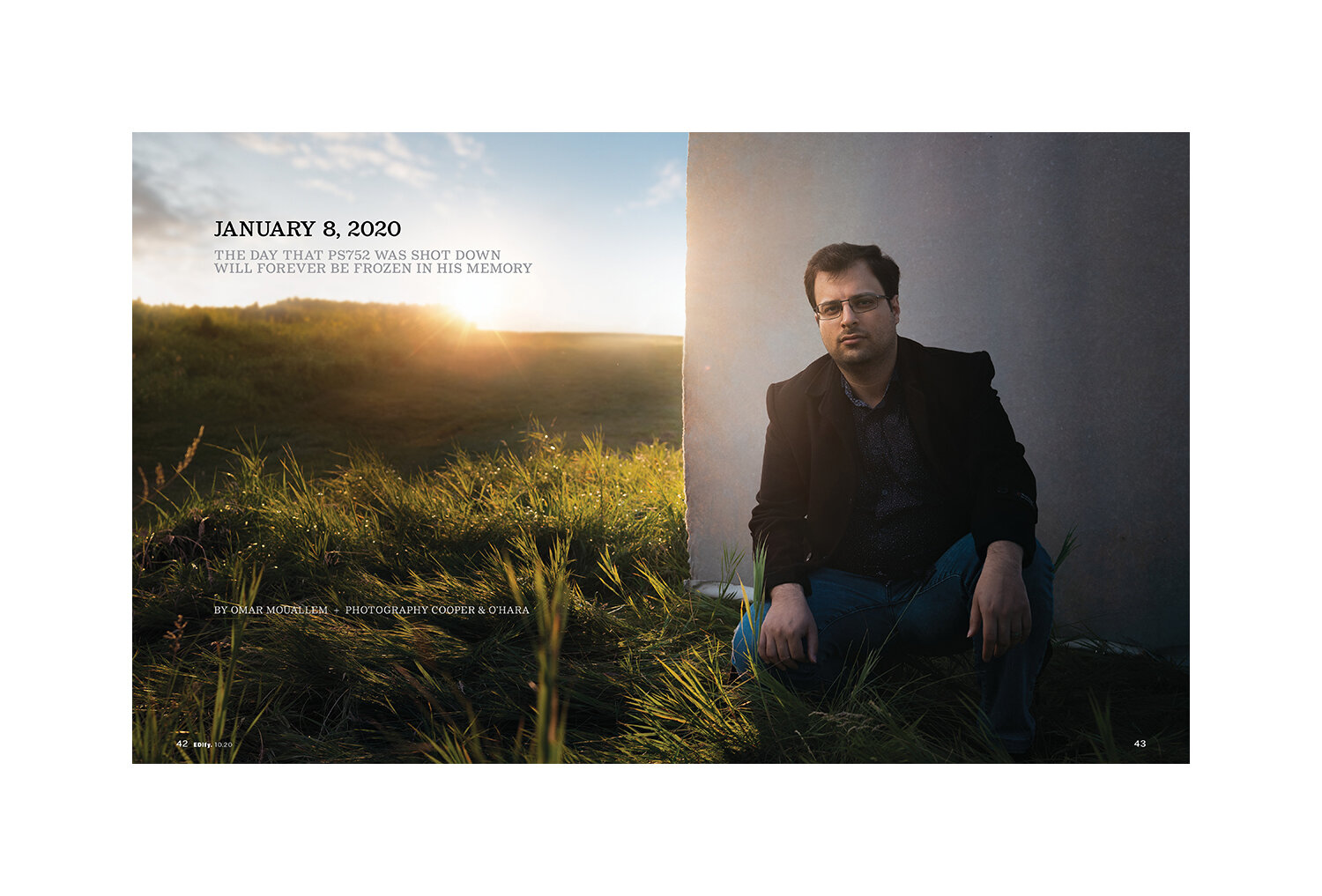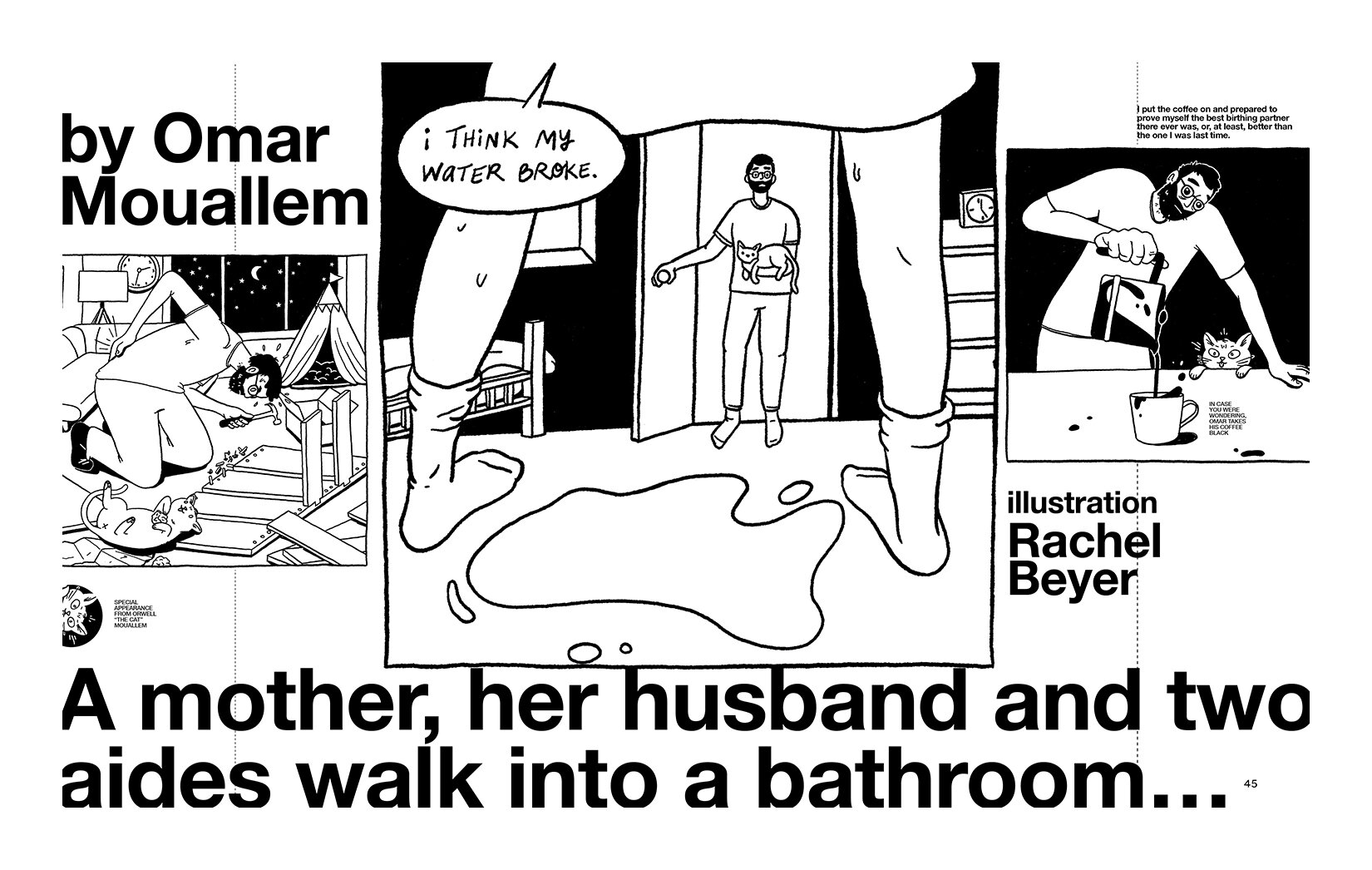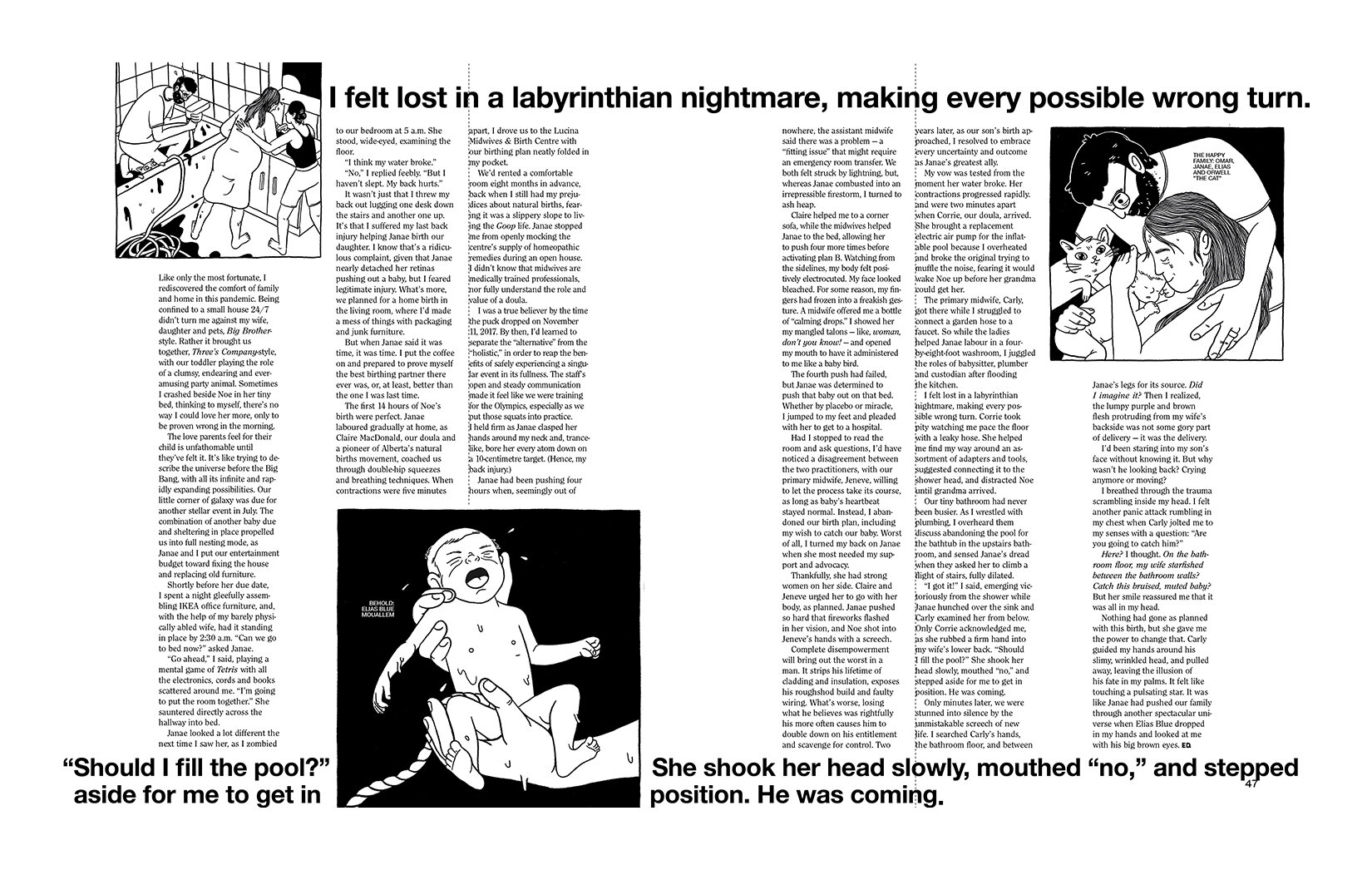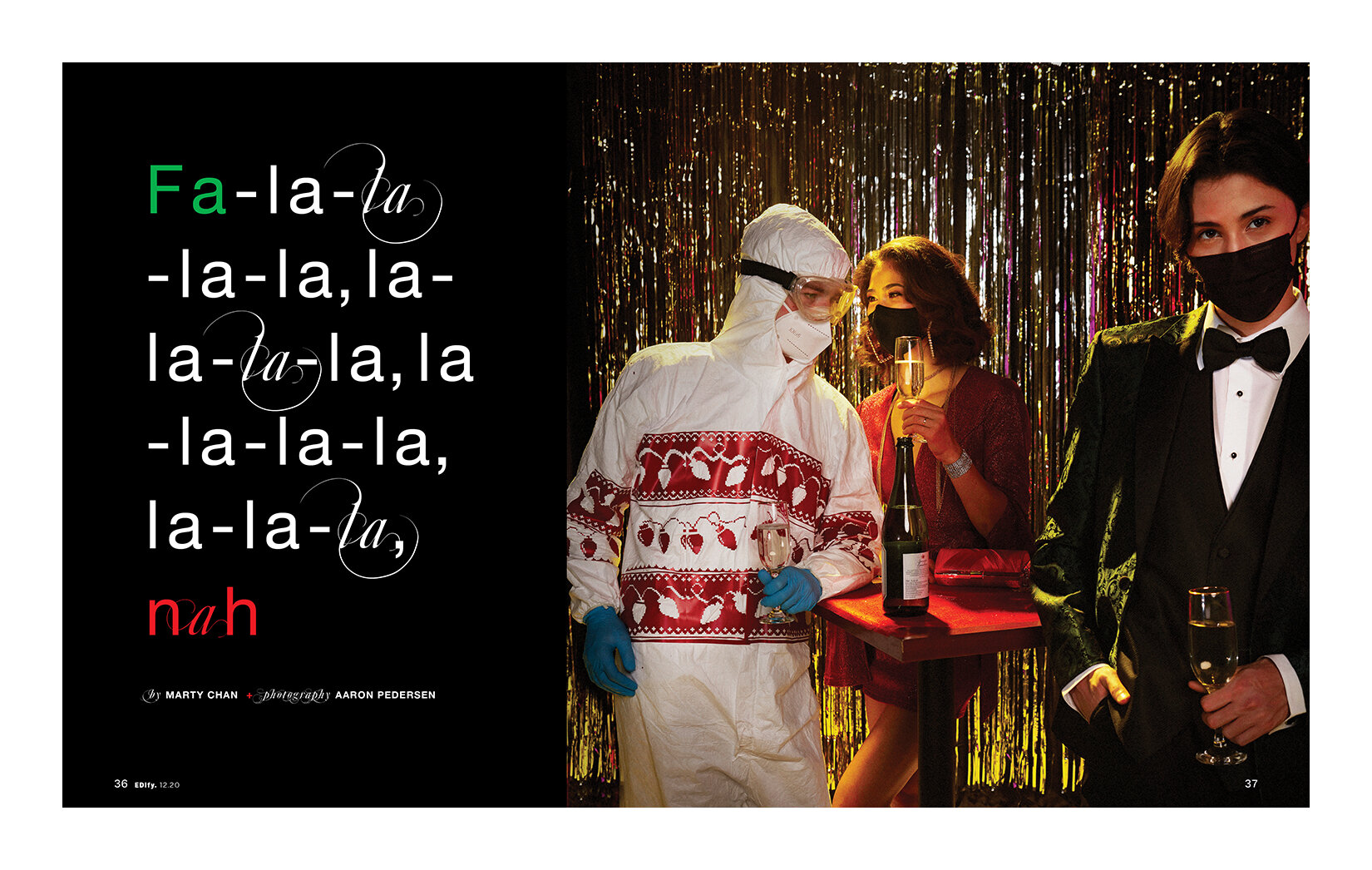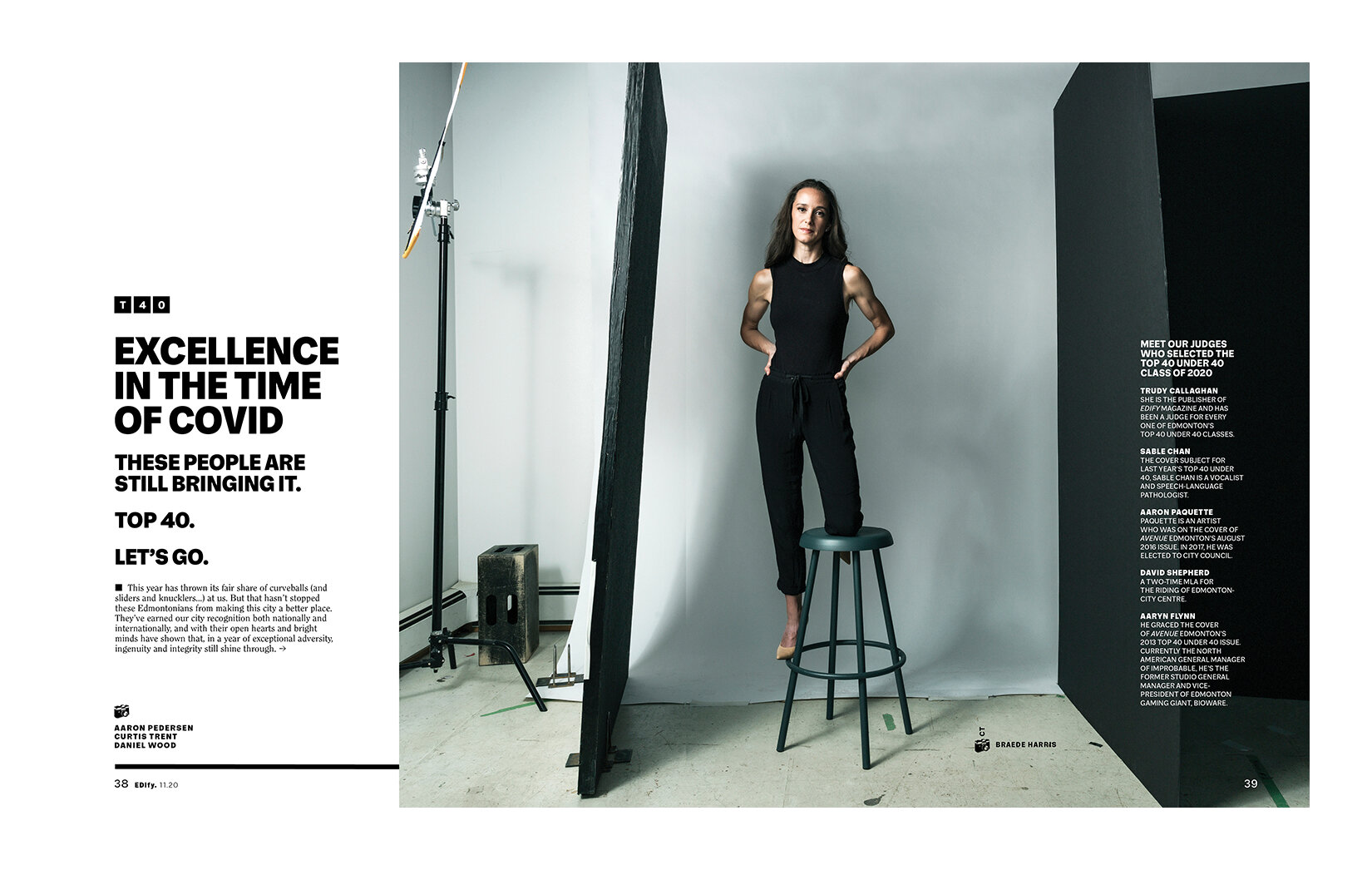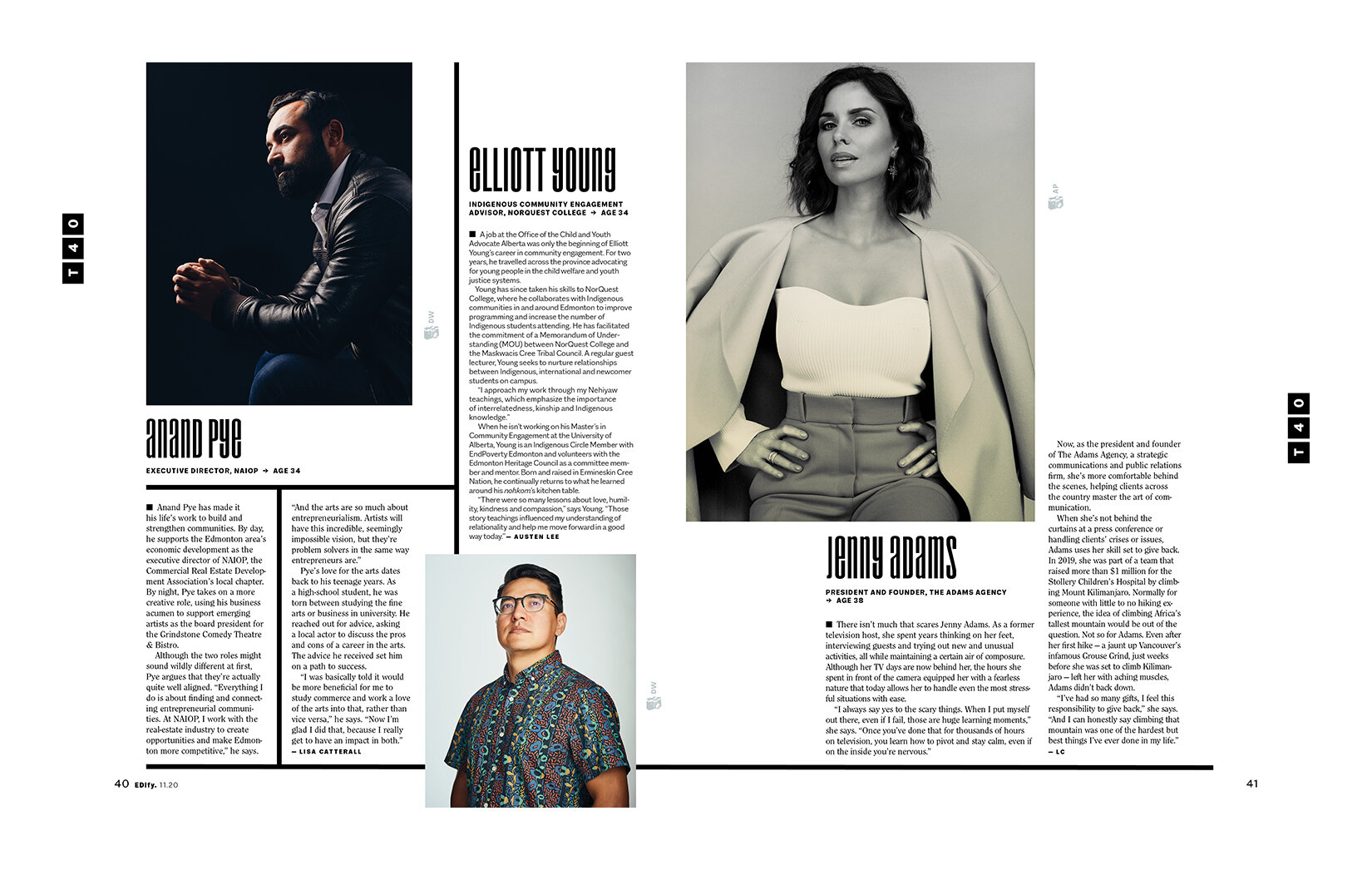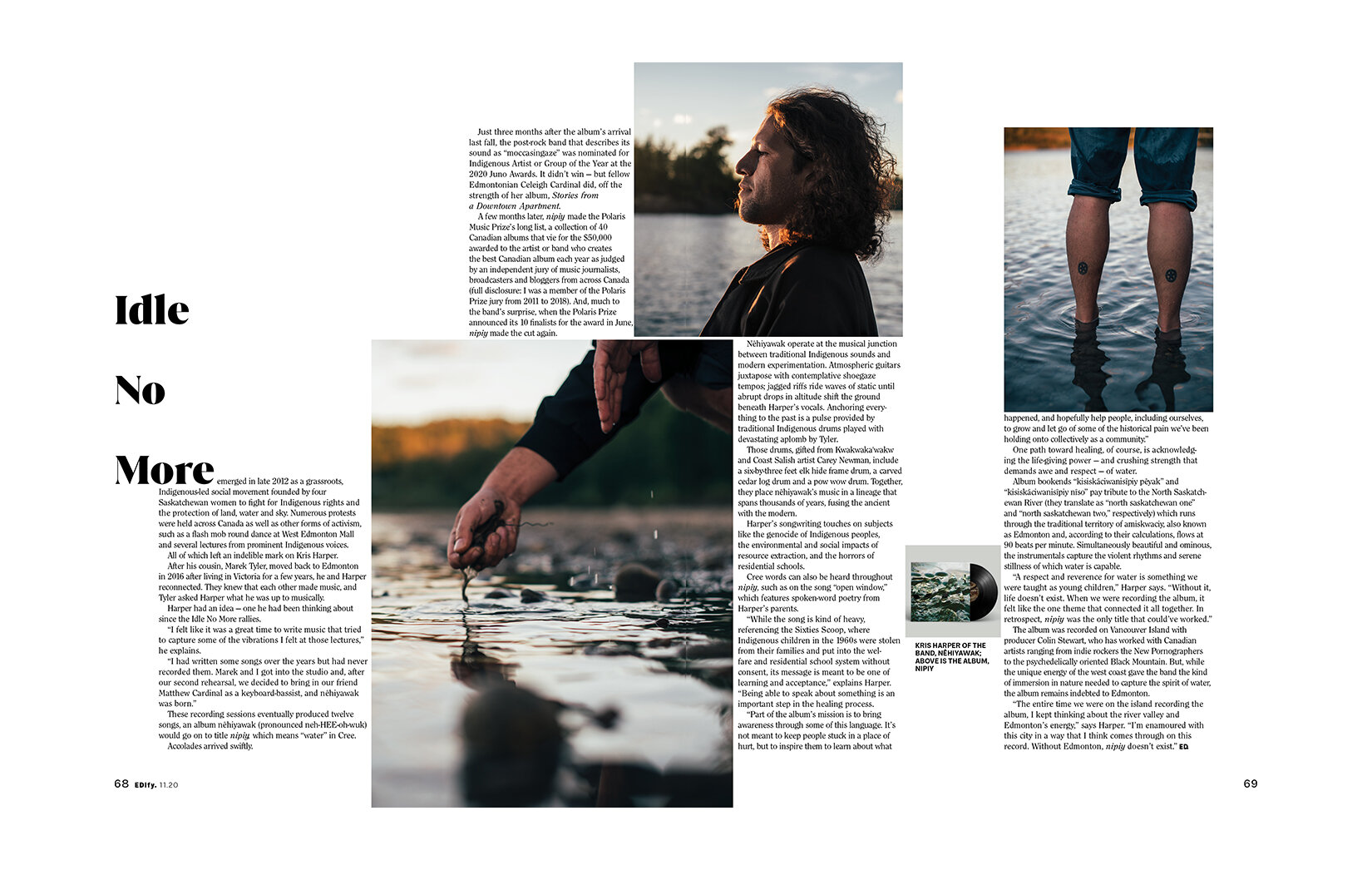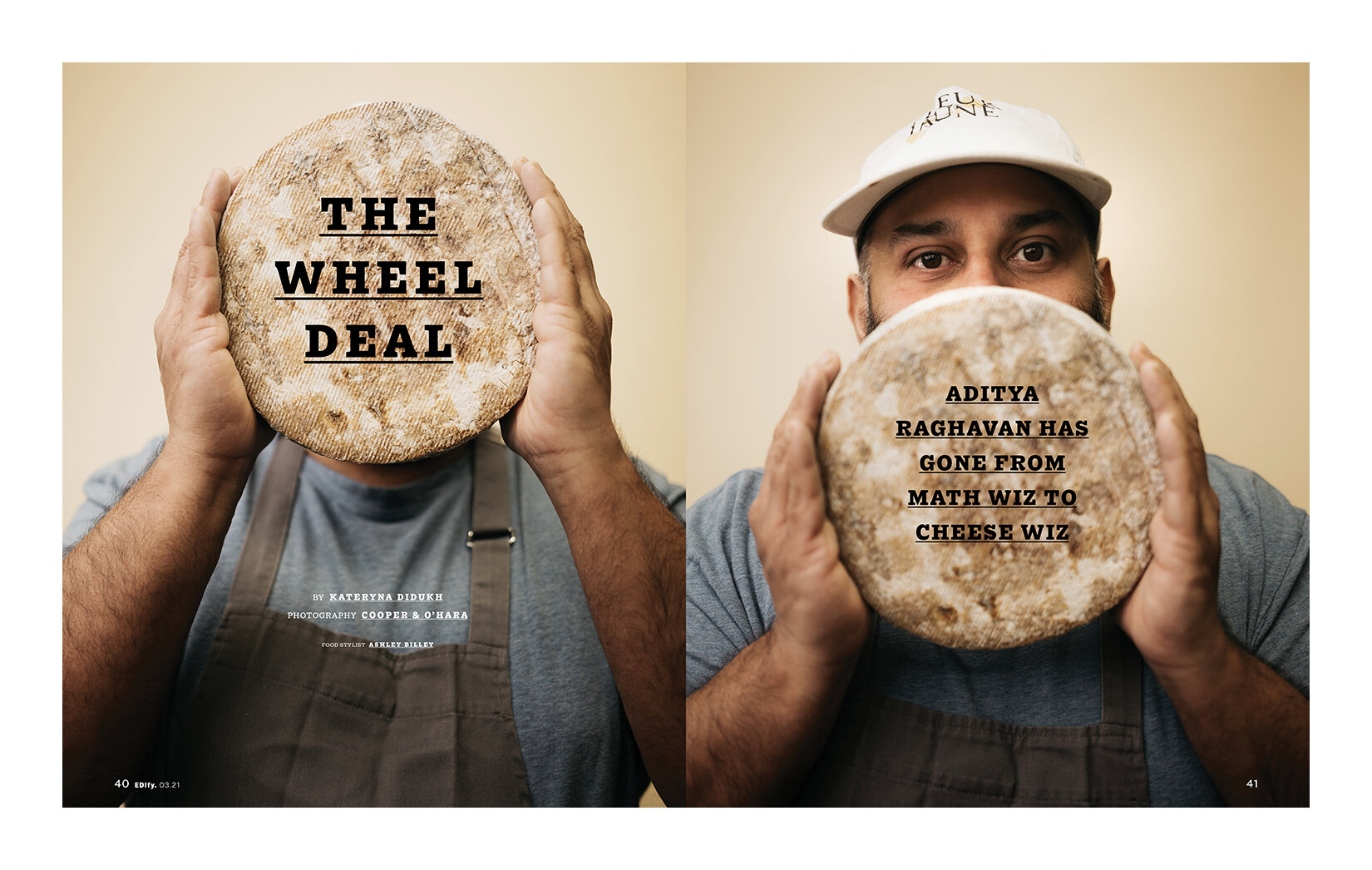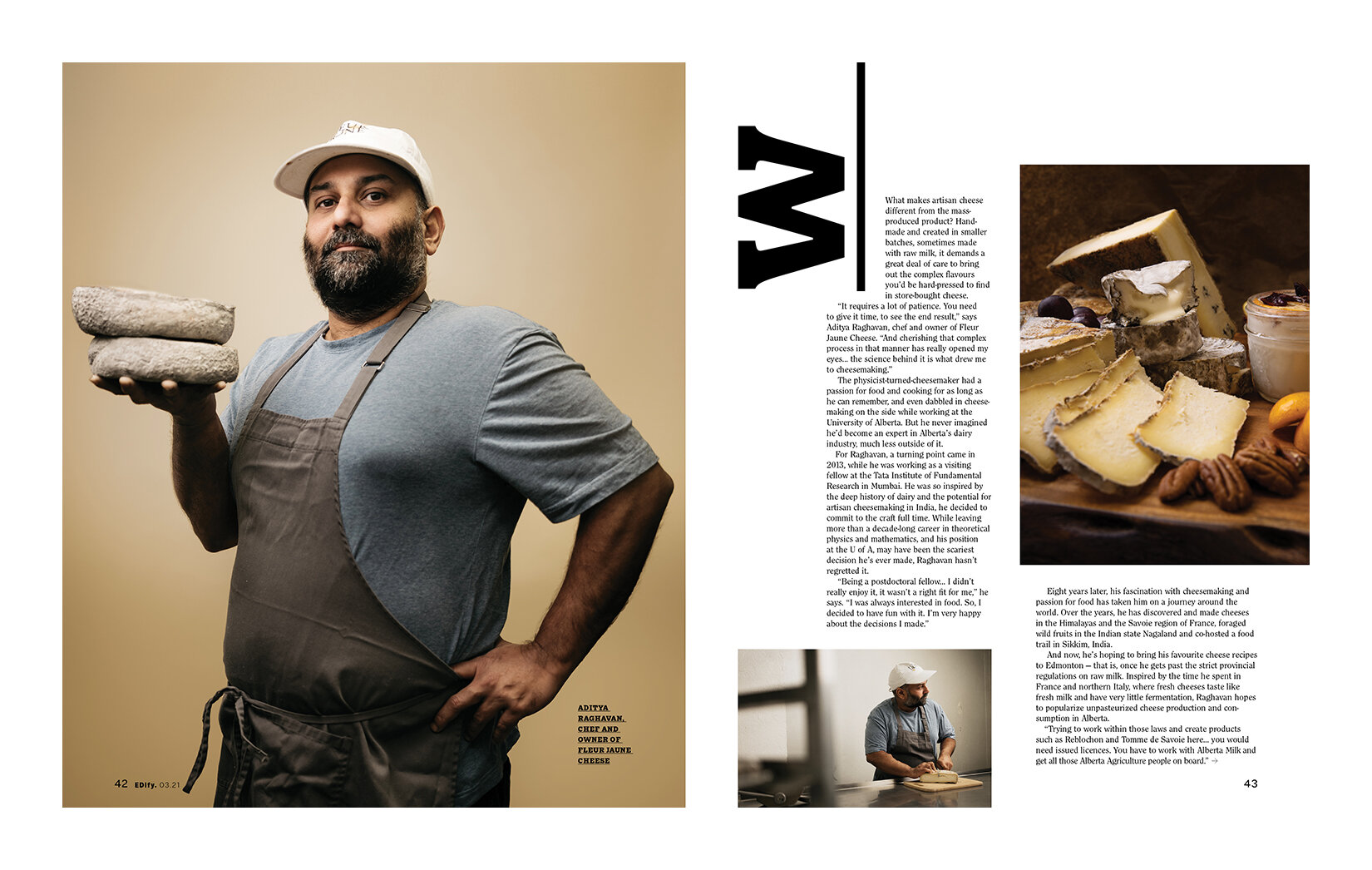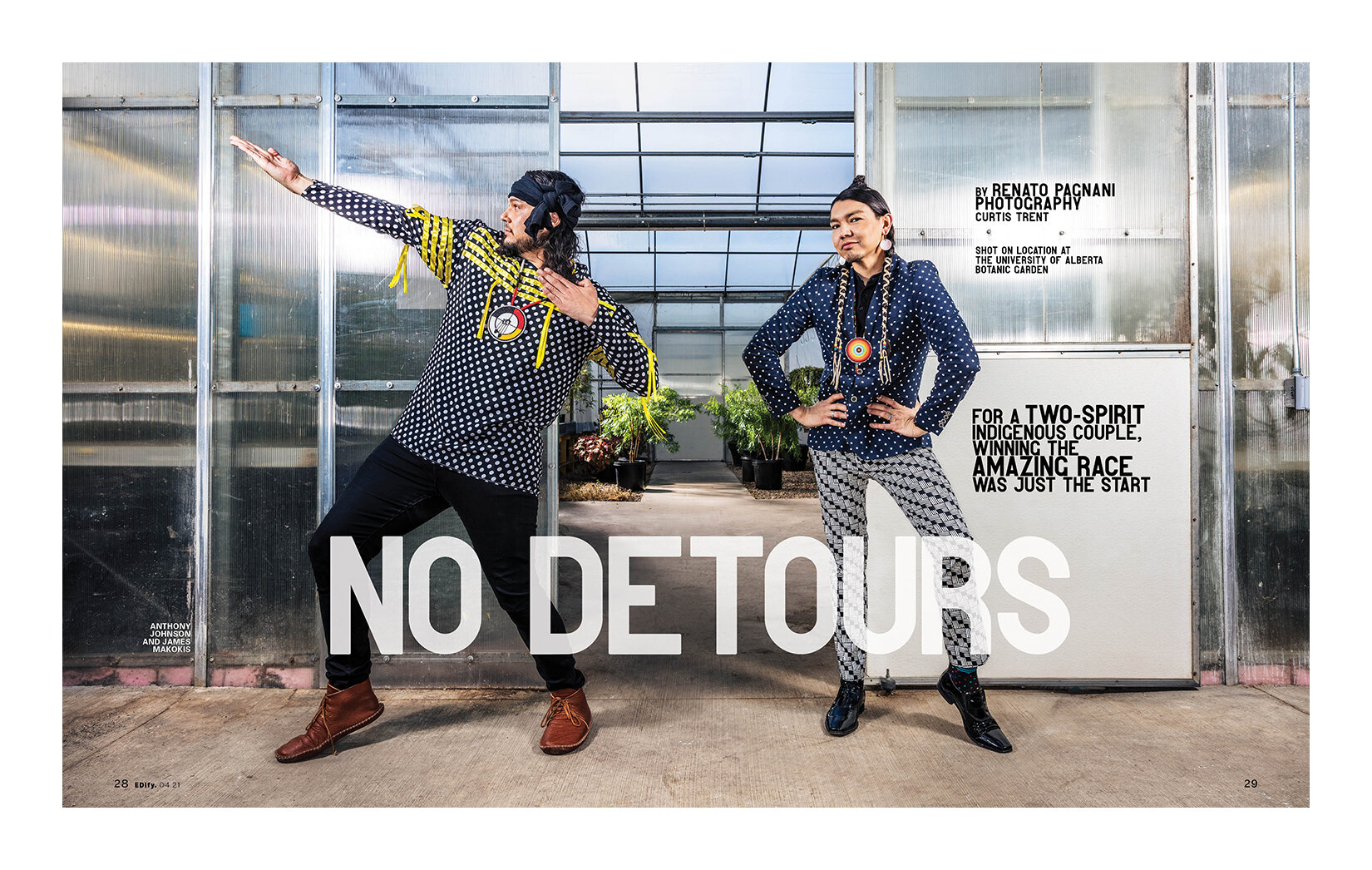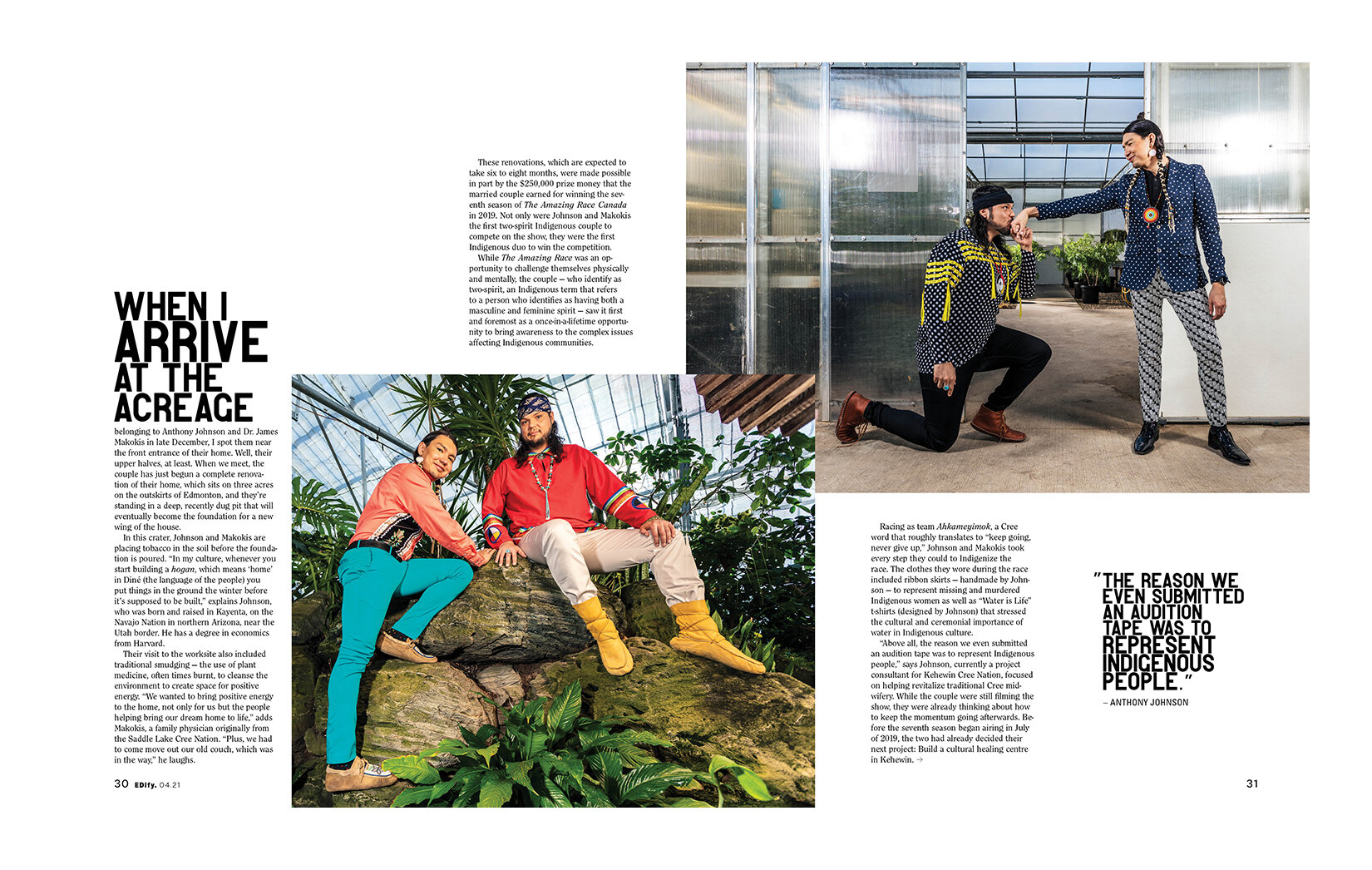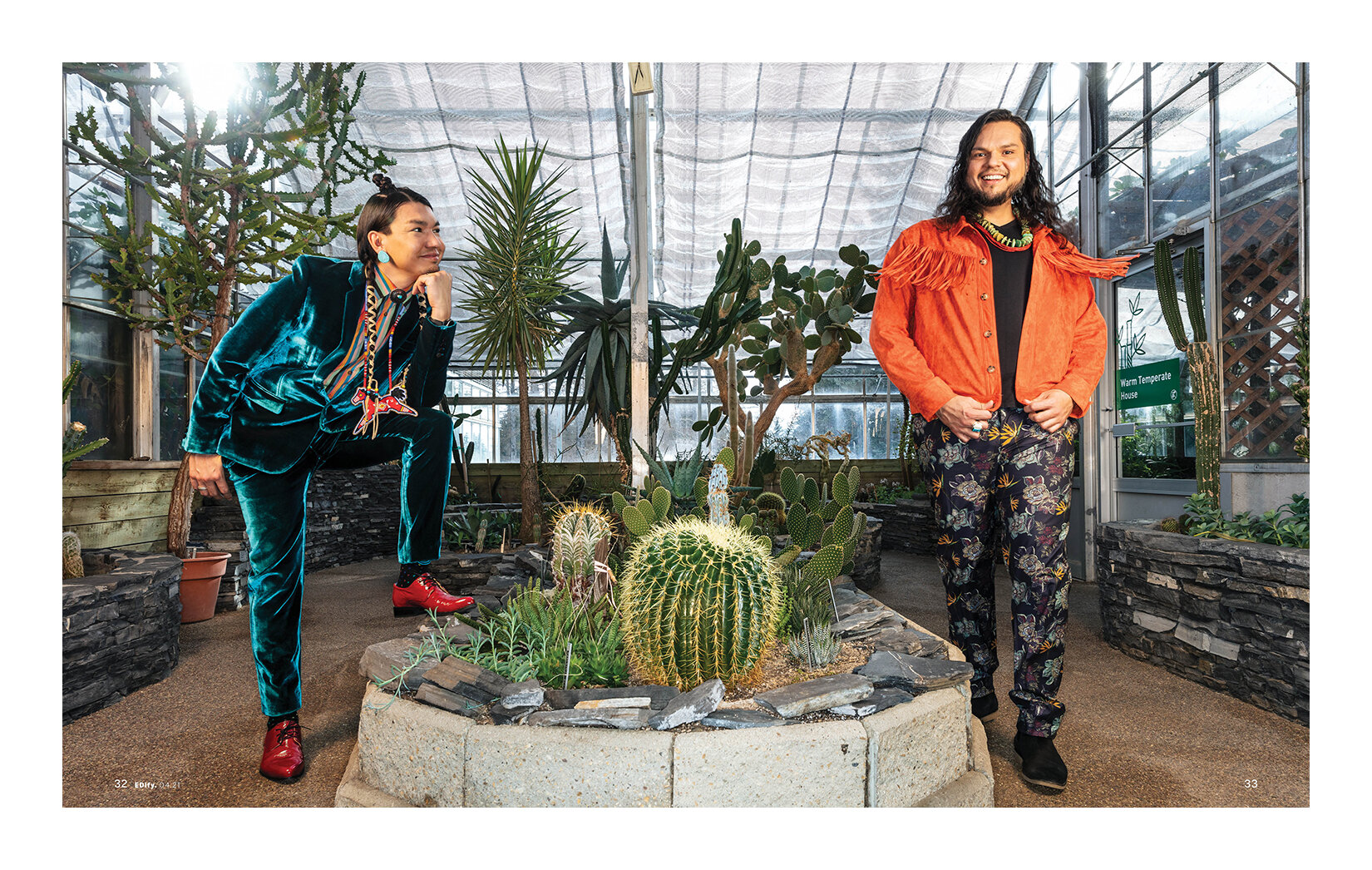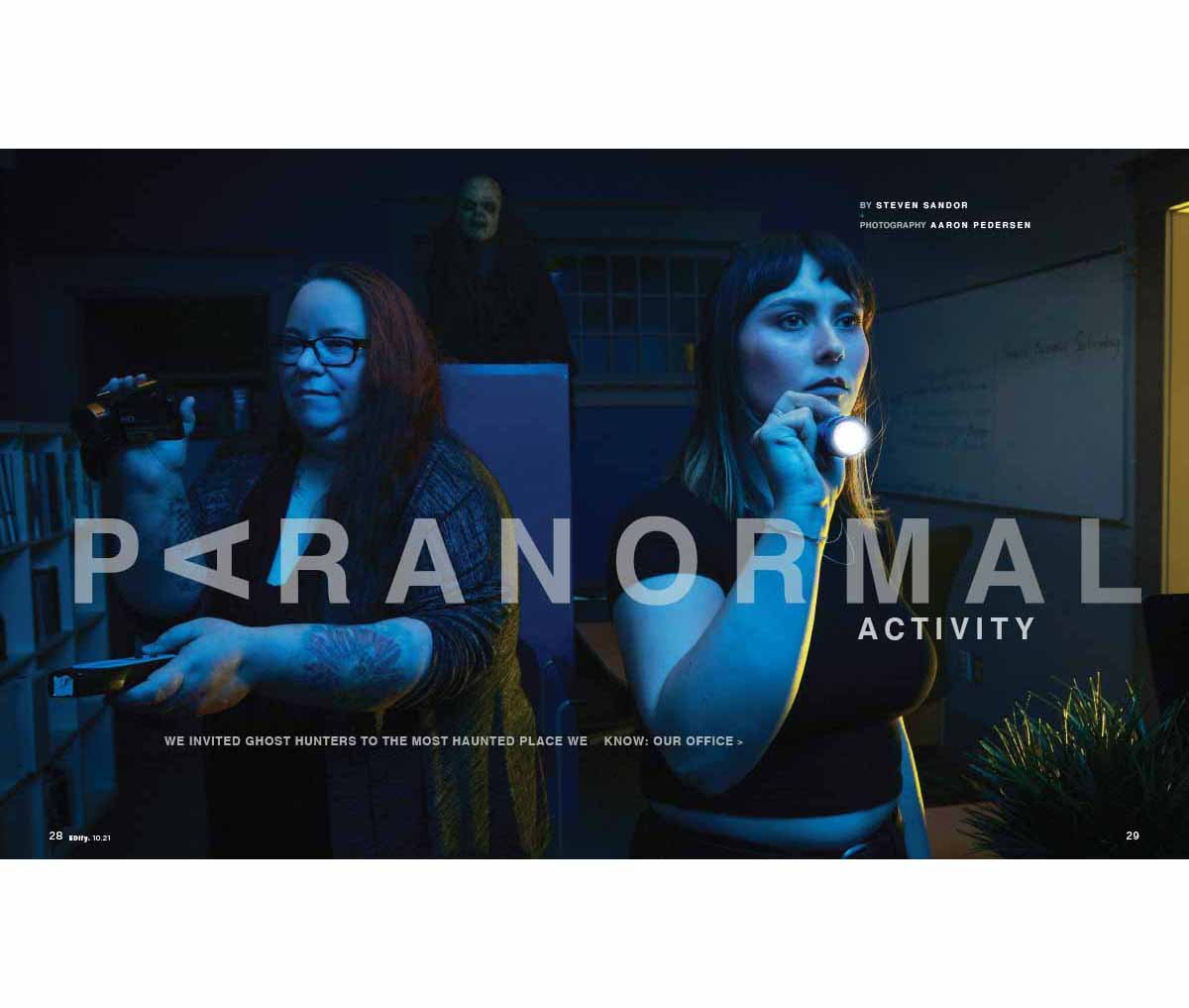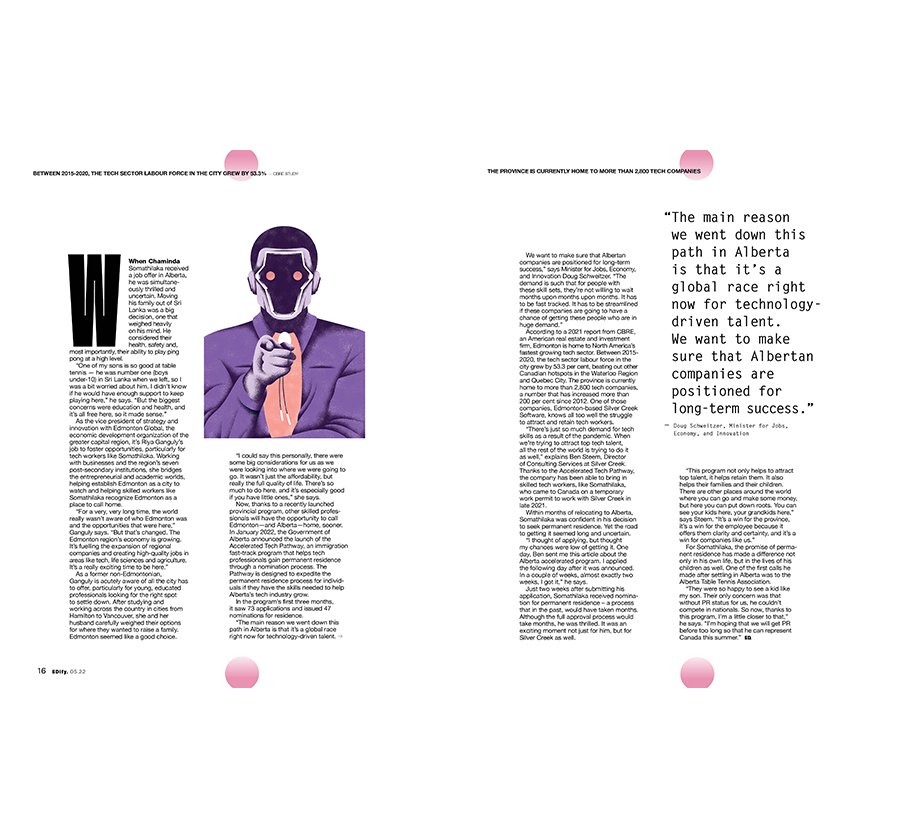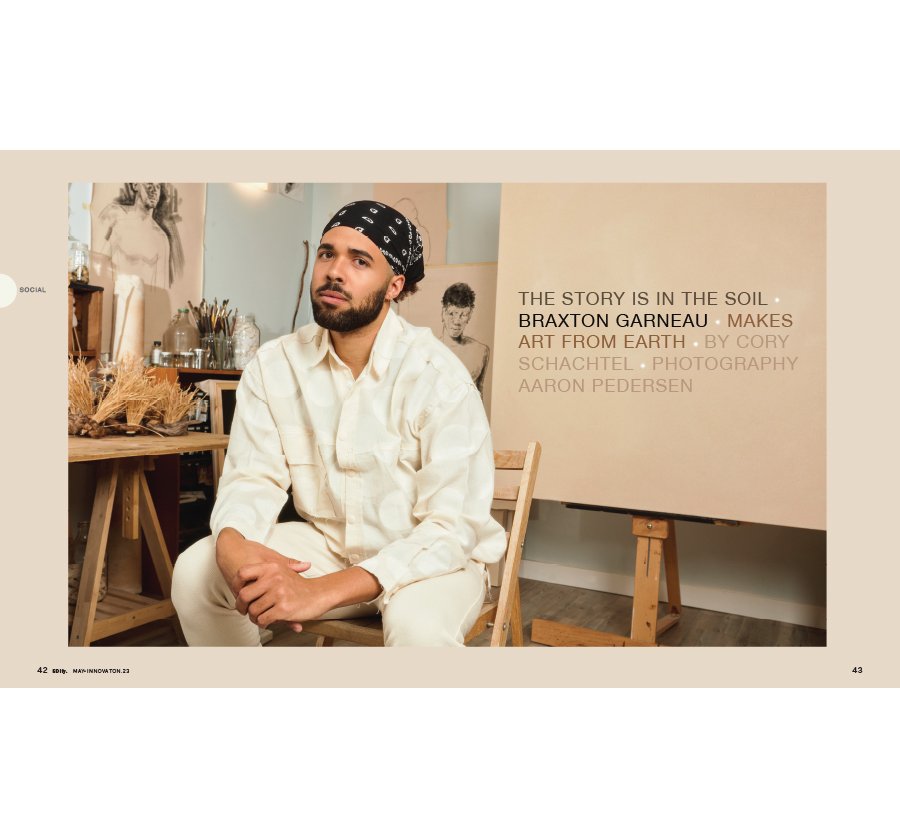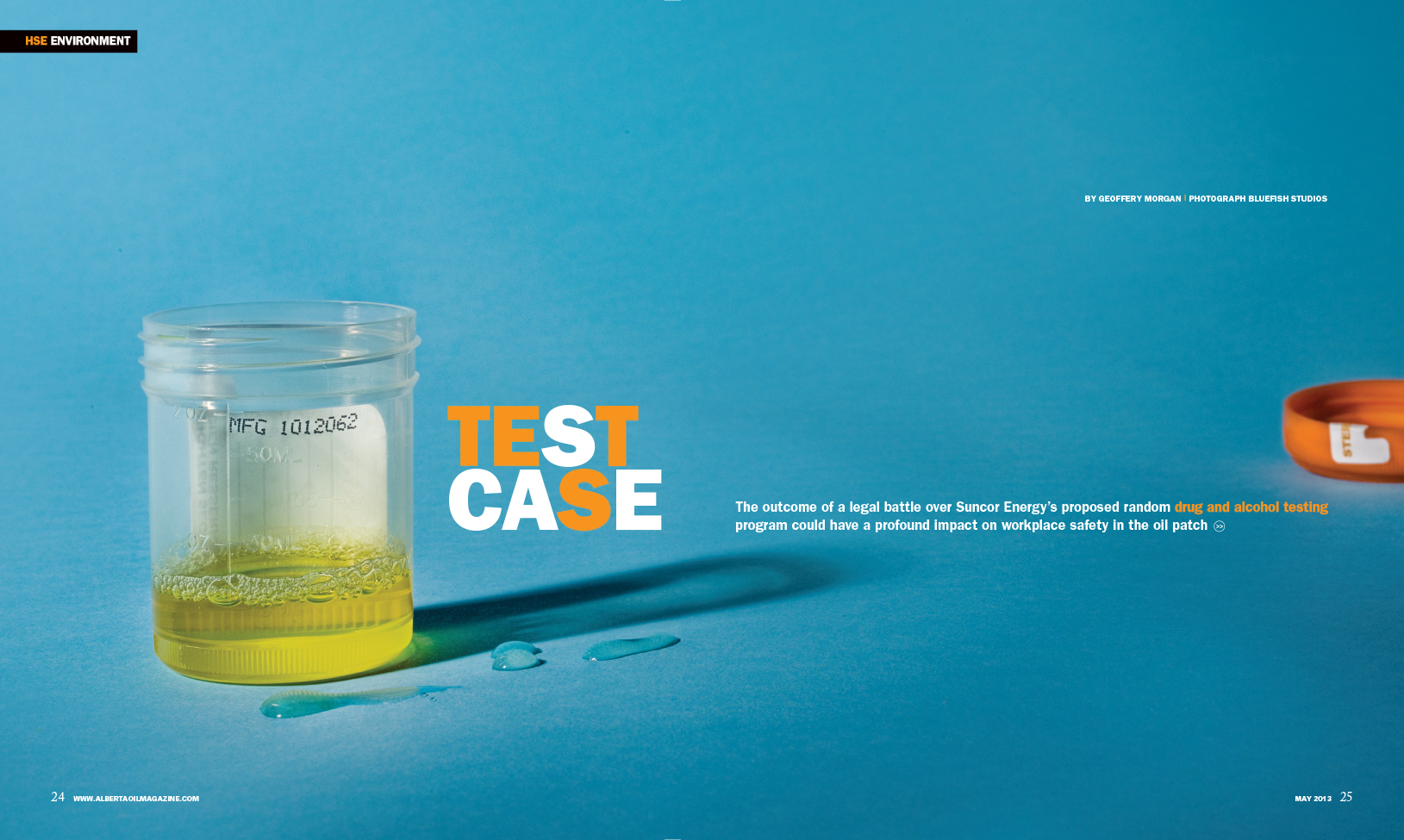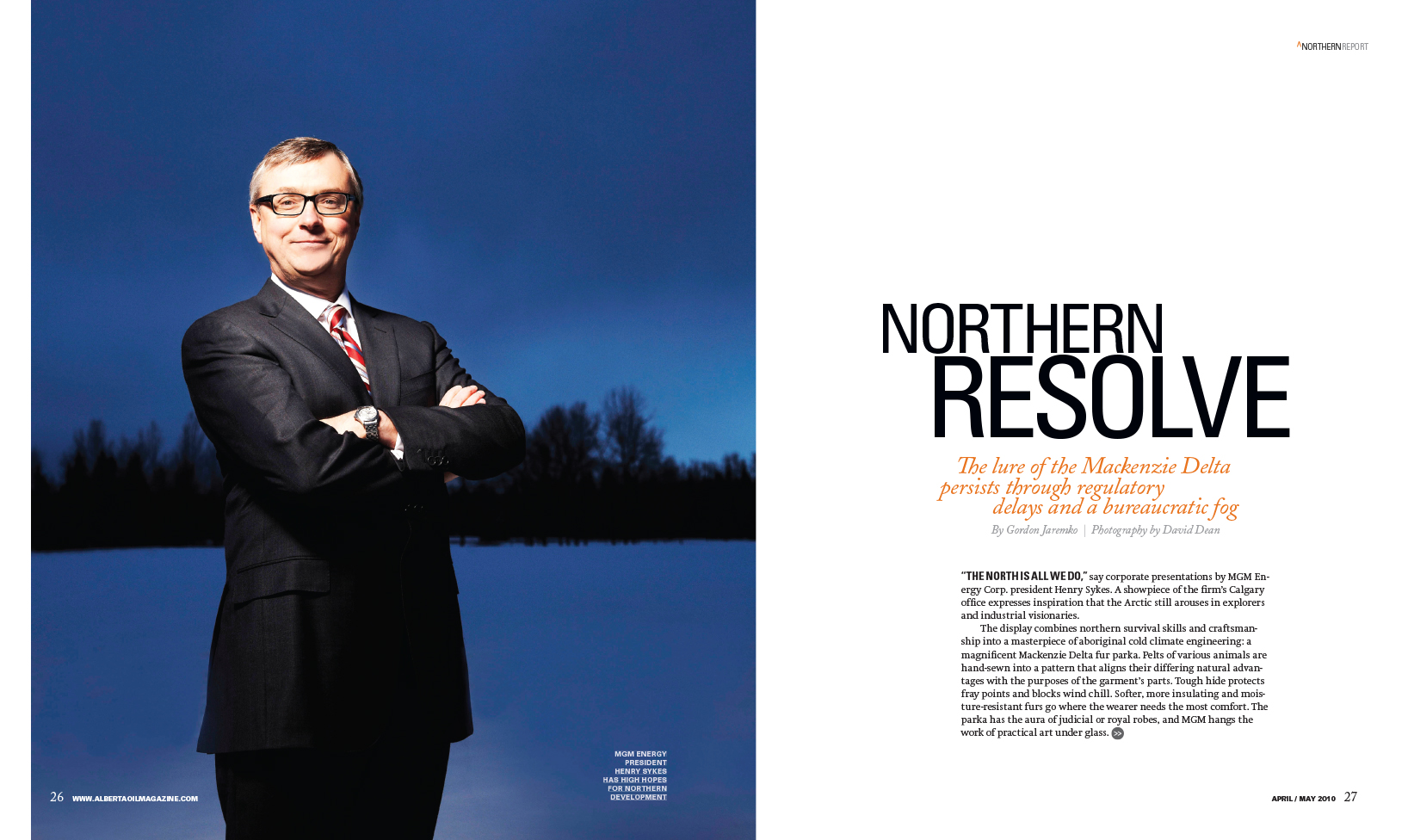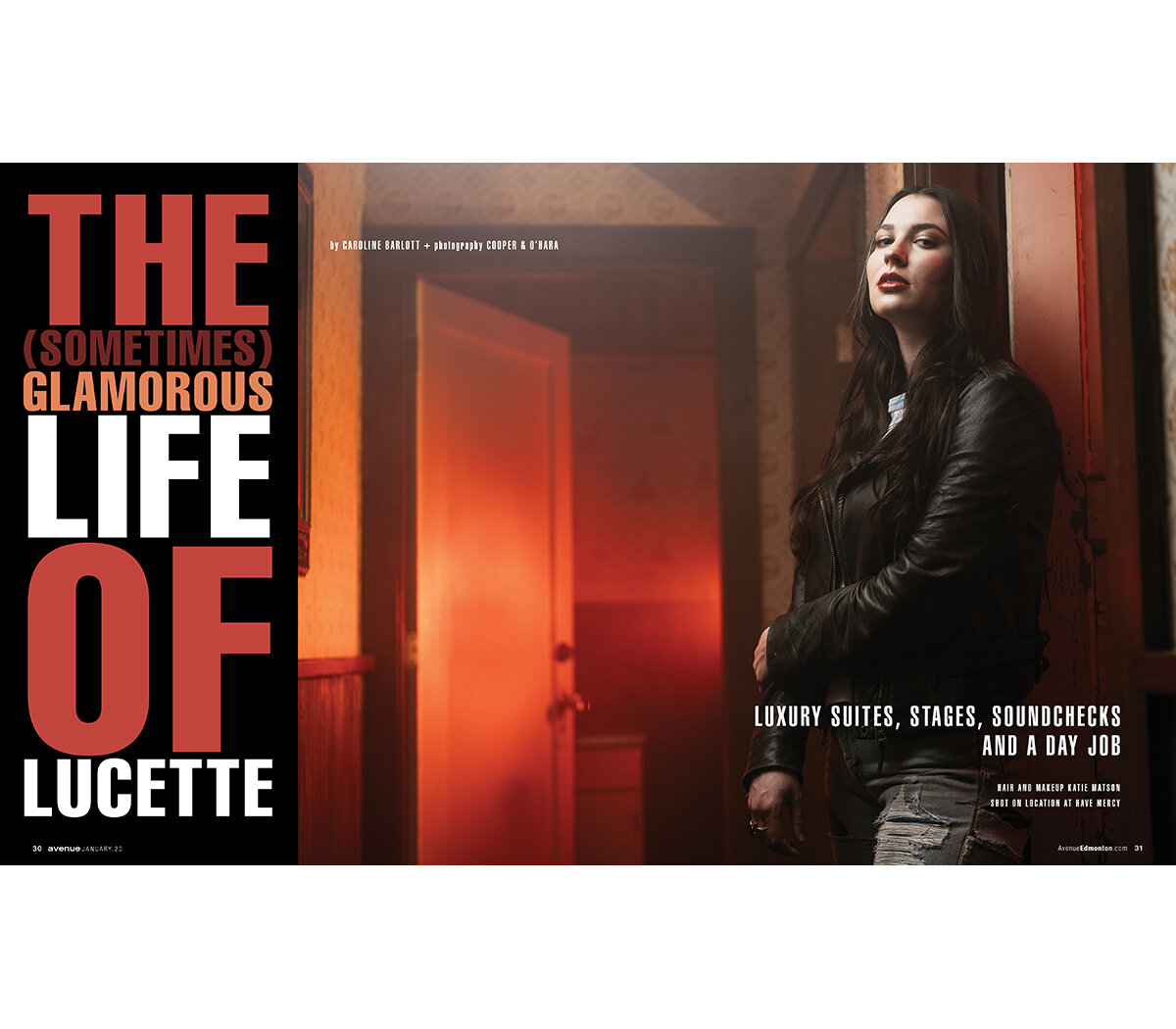A magazine junkie might recognize that our cover this month pays homage to a July, 1964 Fortune magazine cover. For that one, Fortune arranged to light up the windows that formed the number “500” in New York’s Time & Life building for its annual list of America’s 500 largest corporations.
Alberta Venture‘s associate publisher, Joyce Byrne, and art director, Kim Larson, were both familiar with that cover and, while out after work one evening, they discussed how it would be cool to do a similar image of Calgary’s iconic Bow building, which has become a symbol of Alberta’s growing affluence and prominence on the national and international scenes. While the idea occurred long before the June flooding, that tragedy has added to the poignancy of the finished product.
We had pros and cons vis-à-vis our American brethren in taking our shot. On the plus side, we have Photoshop, and knew we would be able to splice shots together to create the final image. All we needed (yeah, right, “all” – ed.) was the building completely dark, and then completely lit. The Fortune image would have been a single shot, and they would have had to arrange to have on only the lights making up the “500.” In their favour, the Time & Life building housed the Fortuneoffices, giving them an inside track, and it’s flat. The Bow is, well, bowed, meaning we needed the right angle, and photographer John Gaucher would have to work some Photoshop magic.
Gaucher scouted locations and determined that the roof of the two-storey Art Central building, at Centre Street and Seventh Ave. SE, was the best bet. With the permission of the building’s owners, Allied Properties REIT, Gaucher climbed an emergency ladder (with Larson and Gaucher’s assistant, Connor McCord) to the roof at about 8 p.m. It was Thursday, July 25, so the days were still long. Gaucher says the shoot had to take place around dusk. “You want to wait until the surrounding environmental light level is similar to what is going to come out of the building when the lights are on, so you set up and shoot over a period of time until the two match up.”
Early on, things went sideways. There was lightning in the distance and rain was threatening. “It was sort of cloudy and I wasn’t sure what was going to happen,” Gaucher says. The three set up a main camera, which could not be moved after shooting started, plus two other cameras to take time-lapse images of the shoot. McCord also shot video of the whole thing (see below).
“Then the weather came in,” Gaucher says. “There was lightening all around us.” Larson went back down the ladder to ask the building’s security guard for garbage bags to cover the equipment. “I was waiting for it to be one of those Alberta thunderstorms, where it just opens up and really dumps on us, but it didn’t, thank God,” says Gaucher. “We were about as close as you could get without it getting ruined.”
But the weather held. The good folk at H&R REIT, owners of the Bow, and Matthews Development, which runs it, had agreed to turn all the lights off in the building, and then turn them all on. But nothing was a sure bet. It had never been done before and nobody was sure it would work.
At around 9:00 the building went all dark. Then, over the next hour, all the lights came on, a couple of floors at a time. By the time it was all lit up, the Bow was a golden beacon and if you looked at downtown Calgary that evening, you would surely have seen the display.
Around 10 p.m. the three took down the equipment, headed back down the ladder and out for a well-deserved drink.
The following week, under Larson’s direction, Gaucher spent the better part of a day merging the three images he used to compose the final picture. He used the grid pattern of the window panels to create a pixel grid, then selected the lit windows he needed and added them to the dark building. – MICHAEL GANLEY



































